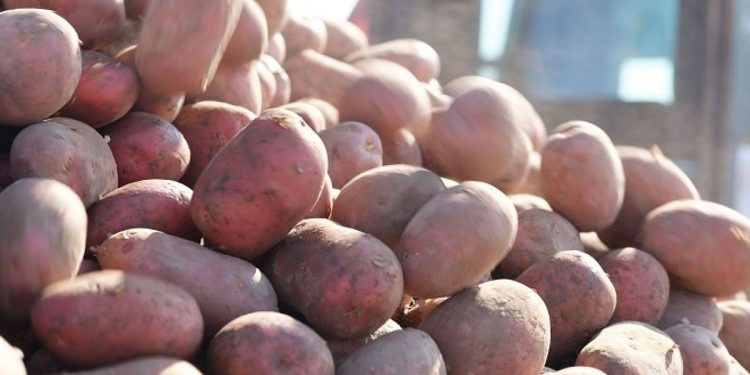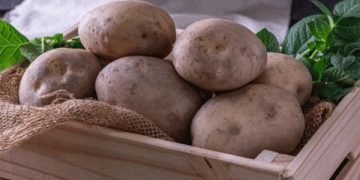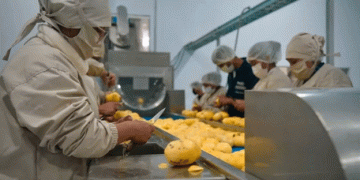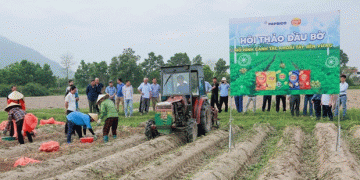#PotatoIndustry #GlobalAgriculture #CropProduction #WeatherImpact #MarketTrends #U.S. PotatoHarvest #EuropeanPotatoMarket #AsianPotatoCrisis #AgriculturalImports
The global potato industry is undergoing a dynamic shift as the year comes to a close. From climate challenges in Europe to thriving harvests in the United States, this article provides a comprehensive overview of the current state of the potato market.
U.S. Potato Boom: In the United States, 2023 has proven to be an exceptional year for potato farmers. With an 8.9% year-on-year increase in production, reaching the highest levels since 2018, factors such as expanded planting areas, favorable weather conditions, and improved soil moisture have contributed to this success. Idaho and Washington, the leading states in potato production, have seen a 5% and 6% annual increase in yields, respectively. Despite a drop in prices, retail sales remain strong, with notable increases in sales for processed and frozen potato products.
European Challenges: In stark contrast, European markets are grappling with hostile weather patterns and excess soil moisture. Ireland, a key potato-growing region, faces lower yields and increased waste due to challenging cultivation and harvesting conditions. The sudden threat of an arctic cold wave adds further complexity, potentially disrupting farmers’ efforts across the continent. In the Netherlands, where 20% of the crop remains unharvested, prices for processing potatoes have surged by over 65% month-on-month.
Global Impact: Germany, France, and Belgium, major players in global potato production, are contending with intense rainfall and the looming risk of an unexpected cold spell. The potential compromise of a significant portion of the 3.5-4 million tons yet to be harvested raises concerns about the overall yield in these key European regions.
Asia’s Quandary: In Bangladesh, the seventh-largest potato producer globally, political and climatic factors are contributing to a crisis. Rising prices, accelerated by hoarding and illegal activities, have led to a 109% year-on-year increase. With conflicting reports on production estimates and a decrease in cultivation area, Bangladesh is resorting to emergency potato imports from India to bridge the demand-supply gap.
As the global potato landscape faces challenges and triumphs, the need for swift action becomes apparent. While the U.S. boasts a flourishing potato season, Europe battles adverse weather, and Bangladesh grapples with a complex market scenario, the importance of timely imports becomes crucial for stabilizing prices and ensuring a steady supply of this dietary staple.






